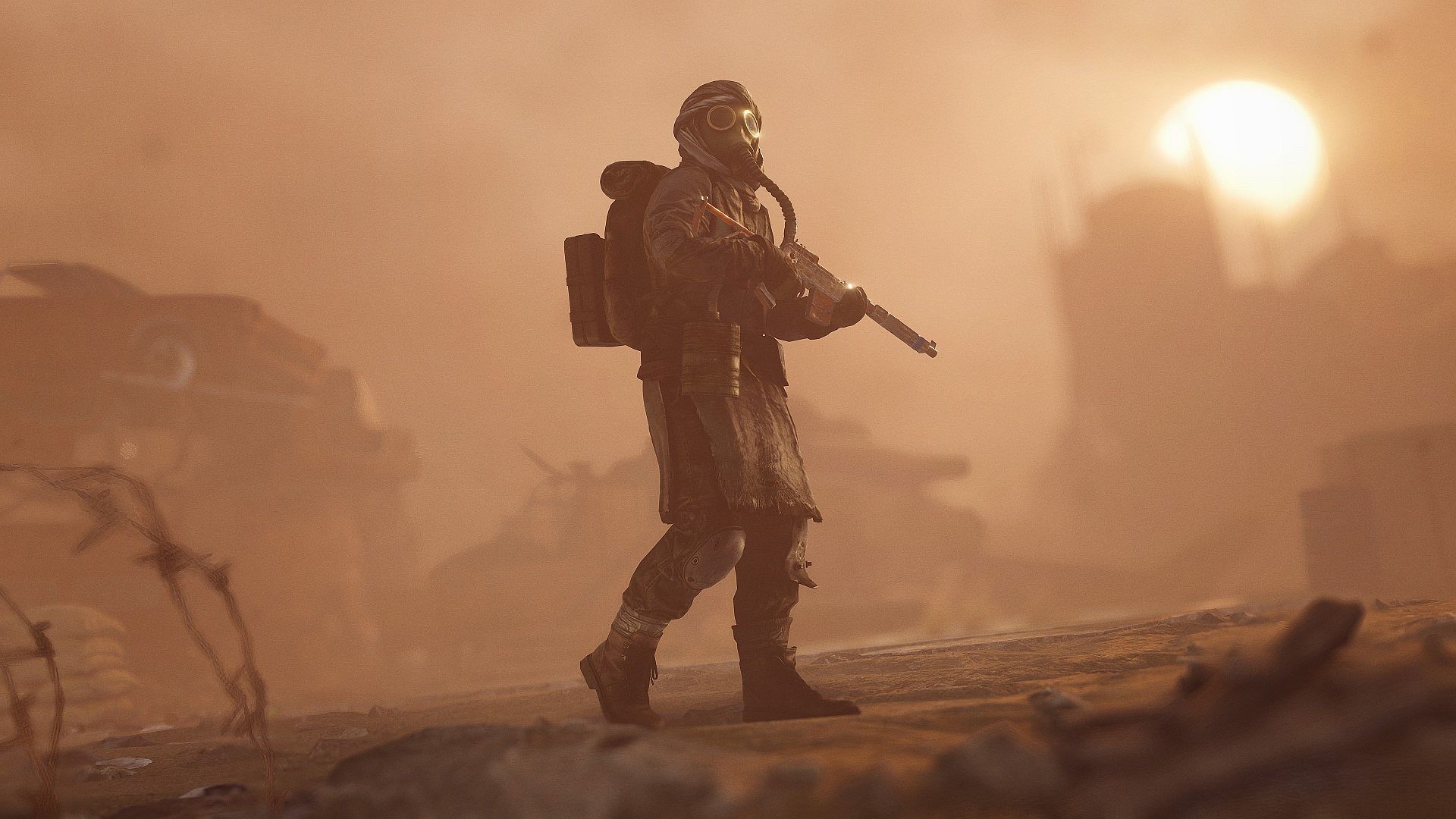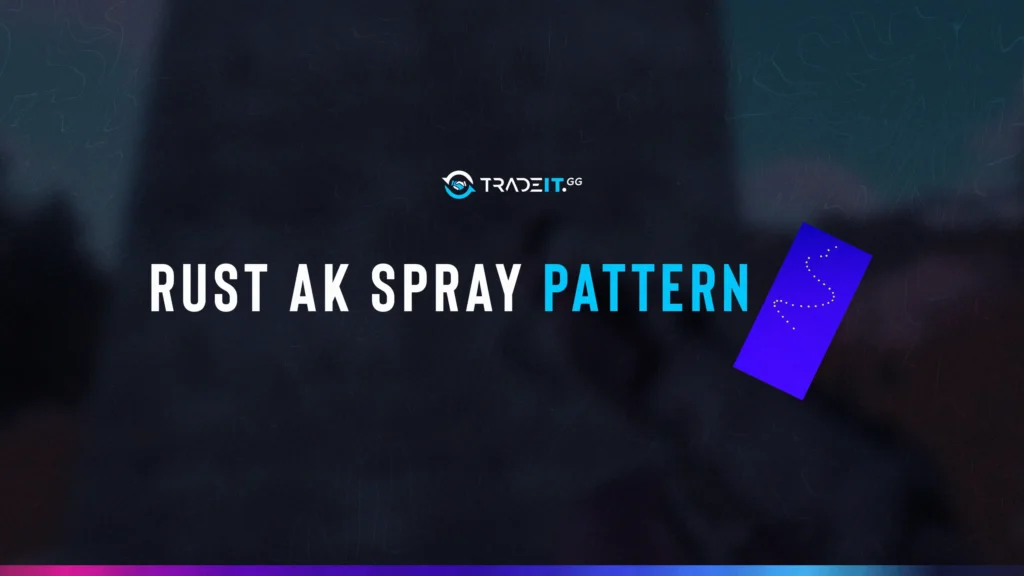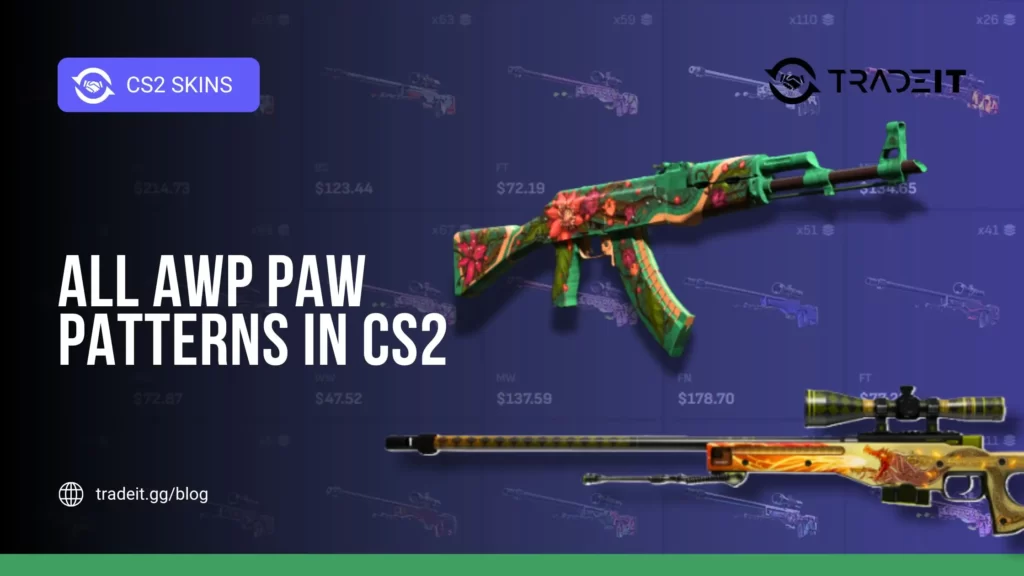If you’ve been playing Rust, the best survival game, for a while, you may have reached a point where you want to know how to improve your success rate. And one way to do that is to get better at building a base. Here we gonna take you for Rust solo player base design guide.
Resources Needed to Build a Base in Rust
Building a base for Rust solo player costs resources to be gathered. The more sophisticated the design and the bigger the base, the more resources you will need to create it.
In the early game, you will need to gather as much stone and wood as possible without getting killed. That’s not very hard, as plenty of rocks and trees are around and you have some essential tools to do it.
Initially, you’ll only be able to use a rock, but as you gather resources and blueprints, you’ll start to build tools like a hatchet.
Tools are essential because they significantly increase your resource-gathering speed. By comparison, imagine getting twice as much gold in a game like LoL or Dota 2 in the same time.
Naturally, that will give you a significant advantage over everyone who doesn’t have the same tools.
Other resources that you will need for the base building are metal fragments and high-quality metal. Rust bases require both of these resources but in much smaller amounts than wood and stone.
Metal fragments can be obtained from metal ore, which in turn is obtained from rocks. The metal ore can be smelt by utilizing a furnace.
High-quality metal can be obtained from high-quality metal ore. Just smelt the ore in a furnace, and you’ll get the material in quantities proportional to the amount of ore you smelt. Remember that for Rust solo player you’ll need to spend 10 wood when you smelt it.

The Importance of Building a Base in Rust
In Rust solo player, the base is where you’ll keep most of your loot. Because of that, you want it to be well-designed and as strong as possible but don’t fall into the trap of delaying its construction until you have all the materials to build something spectacular. You may not live long enough if you use that approach.
On a Rust server, a session lasts for one week. After that, your real progress will be wiped, except for your blueprints. But even those will get erased after a one-month cycle.
If you join early and the server is not highly populated, you’ll be able to gather resources without taking too many risks. But if there are many people around, the safe approach is to avoid them initially and build your base as soon as you have the necessary resources.
Don’t aim for something complex. Just build a place where you can hide at night and feel safer. The right mindset here is that of the primitive people from the ancient world.
When you’re out in nature, and everything’s trying to eat you, you can’t afford to wait until you’ve learned how to build a palace and gathered the necessary resources.
You must act quickly, or it may be too late. You can lose hours of progress in Rust by committing just one mistake. In some cases, that mistake is not building a base ASAP.
Where to Build a Solo Base in Rust
Before you build your base in Rust, search for a good location. Don’t just build it anywhere. Think strategically.
People built cities near water sources and castles high up in the mountains in the middle ages. In both cases, the location was chosen with certain goals in mind. In Rust, it’s the same.
A Rust solo base aims to protect your loot and increase your survivability. But to fully maximize its effectiveness, you must take into account not just the design but also the location. And the basic principle is this: don’t build near highly populated areas. Such areas tend to be those that surround resource centers.
Always ask yourself: are there many highly desirable resources where I plan to build my base? Because if there are, those resources will act like a magnet for other players. And since your base is nearby, they’ll start thinking: why not loot his base while he is sleeping?

Types of Solo Bases in Rust
Here are two of the most frequent types of Rust Solo Player.
Faded Simple Solo base Design
Only solo players are advised to use this straightforward base because there is very little room for additional players throughout most of the base. For a solo rust player, it’s beneficial that the base has a suicide bunker that guards the TC, certain treasure boxes outside the TCs, and external spawning spots with no blind spots because you can more easily ward off an online raid or even airlock door campers with them. These airlock doors prevent door campers. You also have the initial base, which you can add to until the base is complete.
This is a base that you build to store your loot. You also do it to respawn here in case you get killed. People generally leave their sleeping bag, a tool cupboard (TC), and loot. The only bad thing about this Rust bunker is that you cannot enter it unless you get killed. So it’s a sort of safety net.
This base is intended for a solo player, so it should be inexpensive to construct. The wipe’s materials and maintenance are relatively simple to organize.
An excellent option to take all of your possessions with you, secure them, and log off for the night is to use the suicide bunker.
Although the shooting floor contains the standard gaps and angles, it is still straightforward and effective, perfect for a solitary player.
Starter-to-Main Base
The starter-to-main base design in Rust allows you to build your initial base quickly and then complete it later using a few thousand wood, around 11K stone, a few thousand metal fragments, and a few hundred high-quality metal.
A big advantage of this type of solo Rust base is that it’s cheap and hard to break into, requiring 20 rockets to TC. The optimum raid cost for accessing the TC and for the entire raid (which often includes the TC and all major loot rooms) is 40 – 60 rockets.
Another big advantage is that it can be built in multiple stages while being functional after stage 1. In other words, the basic version can be extended or made whole later, after you’ve gathered more resources.
The third advantage is that its building method is easy to memorize, and you can find YouTube Rust guides on how to create it from scratch.
The starter-to-main base in Rust is the perfect counter example to the proverb: “if you build it they will come.” They won’t, and that’s exactly the goal – to keep looters away from your stuff.
The Fringe Base Design For Both Solo And Team Play
The Fring is a base design intended for solo or team play. Smaller bases are more intelligently constructed, as you may already know if you’ve been playing Rust for a while.
The fringe is evidence for it. It makes use of clever construction methods including segmented shooting floors, hidden, unlootable lockers, and freehand foundations—a practice most base builders dislike. In essence, the player must set up platforms that do not snap to the base’s primary foundations.
You should construct this base on a build server so you can practice this technique since it takes a lot of work to do it right. The ability to create a distinctive shooting floor with wide peaks is made possible by the freehand foundations.
The Baron Solo Rust Base Design
The Baron has an extremely low cost because it is intended to be used as a solitary base. This base’s low-key footprint and design are intended to deter larger troops aiming for an easy raid.
But it doesn’t mean it lacks strong defenses just because it’s a small, understated base. The base has two exterior bedrooms, hard to reach batteries, a suicide bunker guarding the main TC, external TCs, 360-degree cover from auto turrets inside the property, and an incredible shooting floor for a solo player.
RUSTTrap Base Design
This RUST trap base design is inexpensive, easy to construct, and energy-free. If you like, you may easily transform the base into an electric trap base.
It is challenging to tell if this base is a trap or just a new player because it has a 22 footprint and is built similarly to the majority of beginning bases.
The base functions well by luring opponents who can see your campfire and furnaces at night. This base design has 6 hidden shotgun traps and vending machines.
The Bear Base Design For Both Solo or Duo
The Bear is a strong base with 44 rockets to the main TC that offers a tonne of safe and enough space. Like many of the bases on this list, it is constructed from a starter base, in this case, a 1×2.
The completed build includes rooftop respawns, external disconnectable TCs, external bedrooms, bunkers, etc.
This base offers far too much storage room for a solitary or team. There are additional 24 enormous boxes of storage and some in your open core.
It also has two vending machine bunkers. Everything that occurs within and outside your compound is visible to you.
Micro Yeti V2
The majority of the best qualities of a base could have been included in the Micro Yeti V2, an improved version of the Micro Yeti V1.
Two external TCs, inside bedrooms, 360-degree auto turret defense, a china wall, an incredible shooting floor, a turret-covered rooftop with two vending machine bunkers, and space for whatever unique stuff you may like to create.
The greatest of the best can be found on this base’s shooting floor. If someone knocks down your walls and is attempting to enter the base from the side, you have broad gap peeks, free hand peeks, and even breach peaks that you may employ as firing positions.
The primary loot chamber is down below the shooting floor. Because of the main treasure room’s location below the shooting floor and the previously stated breach peaks is extremely difficult.
The Skeleton Mini Base
The Skeleton-mini is a base that can accommodate up to six people and is precisely balanced for defense against both online and offline raids. The bunkers increase the cost of the raid to 94 rockets for the base; without them, the cost would be 70 rockets.
The base contains two auto-turrets for each of the three main access points, so the next time you are being pursued by a gang of hazmat-clad, bloodthirsty lunatics, make sure to prove to them that you cannot be door camped.
In addition, three SAM turrets are included in the base design on the roof, just in case a mini copter piloting try-hard couple decides to land there.
Three enormous batteries and three windmills that are honeycombed and extremely difficult for raiders to access power the SAM turrets and auto-turrets.
Final Words
We have mentioned the best base designs which are best for survival. This Rust survival guide is especially for solo players but some bases are also for duo players. The most important thing is to have resources for base building. In the early game, put your focus on collecting resources. We hope you find this guide helpful.






